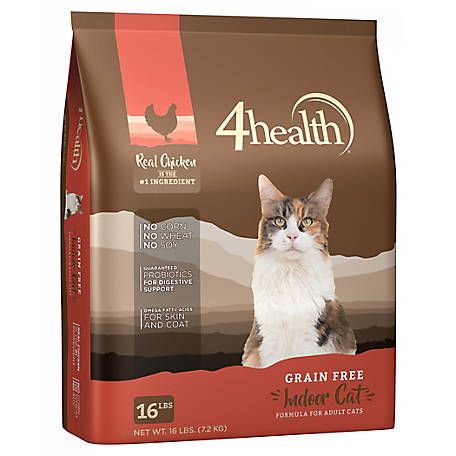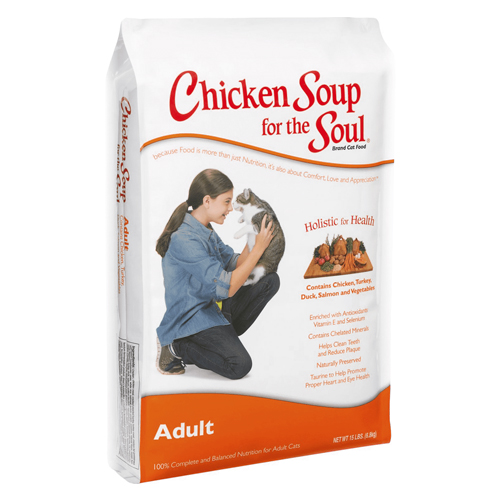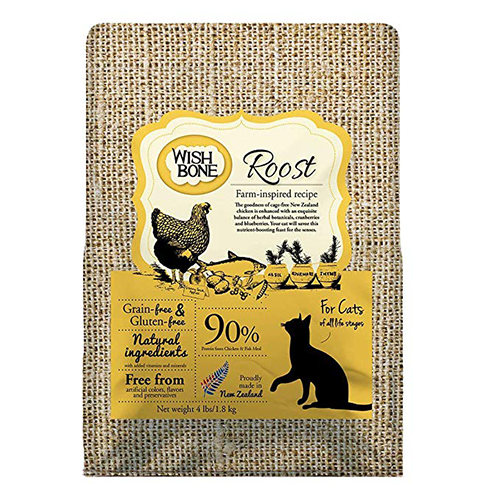New England's Best Since 2012
FAQ
Care Tips
Recommended Foods
FAQ
Visiting Our Store
Purchasing A Hedgehog
Delivery Options
Exchanges & Returns Policy
Breeding Policy
Can I own a hedgehog?
Care Tips
Housing
Diet
Handling
Bathing
Health
Recommended Foods

32%
13%
8%

34%
20%
3%

32%
15%
5%

31%
13%
2%
28 - 35%
10 - 15%
3 - 15%
There is a TON of misinformation out there regarding pet food ingredients, both good and bad. We've tried and tested many of the foods out there and have completed countless hours of research to be able to share the best information possible.
To begin with...Do NOT believe advertising - the goal of advertising is simply to get you to buy the product. The rules that companies must follow are not as strict as they should be, and it's very easy for advertising to mislead the customer (you) into thinking the food is a good source of nutrition for your pet. Ignore all of the advertising, and look at the nutritional breakdown (protein, fat, fiber, etc.) and the ingredients.
Corn, wheat, brewers rice - provide little to no nutrition and mainly serve to fill the animal up (make larger fecal matter). They may also be used to boost the protein content of the food, cheaper than using meat. This isn't an easily accessible form of protein for hedgehogs. They do best on protein from animals. Brewer's rice is not the same thing as whole brown rice (which is one of the easier grains for hedgehogs to digest). It's a cheap by-product of the food industry & not a nutritious ingredient.
Cellulose - usually included to add bulk to the food & for fiber. However, cellulose can be anything from dried celery to dried wood, made into a powder. All animals need fiber in their diets, but this is not an appropriate source of fiber for cats, dogs or hedgehogs. There are better sources of fiber that offer more nutrients.
Unnamed meats, meat meals, and unnamed fats - the restrictions on sourcing are much looser for meat ingredients that are not specifically named. Ingredients like poultry, poultry meal, meat and bone meal, animal fat, etc. do not have to come from animals specifically slaughtered to be used in pet food. They often come from what's know as the 4 D's - dead, dying, diseased, or disabled animals.
By-products - avoid whether named or unnamed. Sometimes these can be good things like the internal organs of an animal (liver, kidney, brain, etc.), which are rich in nutrients. This can also include things like necks, feet, intestines, etc. These things are okay in moderation, but they're not ideal as a main protein source. When they ingredient is simply "by-products", you can't be sure of what you're getting. It also means that the make up of this ingredient may change from batch to batch, which alters the make up of the food.
BHA, BHT, Ethoxyquin - these are all preservatives shown to be toxic in various ways.
Food dyes - food dyes have been linked to food allergies in dogs and cats. They're also only found in the lowest quality foods, which have other questionable ingredients.
Menadione Sodium Bisulfate - this is used as a source of vitamin K in some foods. Quoted from Dog Food Project: "This synthetic has not been specifically approved for long term use, such as in pet food. It has been linked to many serious health issues."
Names meats - (chicken, beef, turkey, etc.), meat meals (chicken meal, duck meal, etc.), and fats (chicken fat, turkey fat, etc.)
Meat or meat meal as the FIRST ingredient - (the higher on the list the ingredient is, the more weight it contributes to the final product.)
Minimum of grains - (only one or two - for example, you don't want to see rice, then oats, then barley, or all of those grains end up making more of the food than the meat.)
Foods with more than one protein source - (chicken & turkey, for example) are useful for including more different nutrients than a food with only chicken.
Look at the first several ingredients, up until the first fat/oil listed - those ingredients make up the majority of the food. Anything listed after that first oil isn't going to be in a very large amount. Usually this includes vitamins & minerals from a supplement, probiotic for digestive health, and sometimes fruit & vegetables. The first two things are good to see. Fruits and vegetables that far down the list are usually more to appeal to the human consumer than anything. The amount is so small, they don't do much good. They're not necessarily a bad thing to see, but in small amounts, they won't do much good either.
This is a common misconception, that meat meals are lower quality than just meat. In reality, meat meals are actually even better to see on the ingredients list. Meat meals, such as chicken meal & turkey meal, mean that the meat was already cooked, they ground down before being added to the food mix, versus uncooked meat being added to the initial mix. Weight in the mix is taken before everything gets cooked down. That uncooked meat is full of water, which disappears during cooking - the result is that the meat is actually a smaller part of the final product. With meat meal, because it's already cooked down, there's no water and they must use a greater amount to be able to list it as the first ingredient with the most weight - and that weight won't change as everything gets cooekd down into the final product.
Vets often recommend hedgehog food because they receive a kick-back from manufacturers. This is not to say that every hedgehog food is bad, but just because it has the word hedgehog in it doesn't mean it's good. Take a look at the ingredients list for hedgehog foods once you've read over the above guidelines. You won't find any that fit those recommendations! There's a few that are okay to feed in a mix if you really want to - Sunseed, Spike's Delight, and 8-in-1 Hedgehog Food - but most other hedgehog foods should be avoided completely.
If your vet does recommend hedgehog food, just politely let them know that you're more comfortable with feeding cat food. They shouldn't have a problem with it or try to argue further that your hedgehog NEEDS hedgehog food - if they do, personally I'd find a new vet. If they accept your decision though, their recommendation of hedgehog food deosn't mean they're a bad vet. Most vets don't have a ton of education on nutrition not much time is spent on it in vet school. As well, they thend to go with what little (mostly outdated) scientific research is available on hedgehogs rather than long-term experience from owners, breeders, and rescuers that have tried multiple feeding methods * found what works best.
It's completely fine to use dog foods too! Most people tend to gravitate towards cat foods because of the smaller size.
The same rules listed above for percentages and ingredients apply to dog food too. Dog foods sometimes fit hedgehog guidelines even better, since they tend to be a lower protein than cat food.
Small-breed foods sometimes have smaller kibble that may be left alone, small enough for a hedgehog to eat. Almost all dog foods require being crushed before a hedgehog can safely eat it though. The kibble is too large for hedgehogs to easily consume. If you're not sure if a food needs to be crushed, watch your hedgehog eat. If they seem to be having a hard time biting the food into pieces, it needs to be crushed or cut for them. This goes for cat foods as well.
Since hedgehogs are opportunists, it's difficult to determine their exact nutrient requirements. Feeding a mix of two or more foods offers a wider range of ingredients and nutrients, which makes it more likely we'll have all of the right things included. Many people opt to include as many protein sources as they can in their mix for this reason too - for example, chicken, turkey, and lamb. There's also duck, fish, and some other occasional sources (like rabbit). Dog foods tend to have a greater variety of protein sources including beef, pork, venison, and bison.
Hedgehogs are notoriously picky. A sudden change of kibble can cause a food strike, which quickly leads to needing to syringe-feed, which is stressful for everyone involved. Having at least two foods your hedgehog is familiar with and will eat gives you a safety net in case one food is recalled or becomes otherwise unavailable.
Many people become concerned about food growing stale or being wasted when buying so much food, since 5-lb bags are often the smallest size available. Food should be stored in air-tight plastic containers or bags to help keep it fresh. You can also safely store food in a freezer for up to 6 months at a time. Keep in mind that if you've had the food for several months and your hedgehog starts eating less or refusing to eat, it may be stale. Try buying a new bag and see if it solves the problem.
Hedgehogs have sensitive stomachs and most will have upset and green poop with a sudden change in food. Some hedgehogs may be picky and refuse to try the new food, leading to a hunger strike (which can quickly cause liver shutdown and death, so syringe-feeding is necessary after a day or two of no eating).
When introducing a new food it's best to incorporate the new food in with the old ( or to replace old with new, if that's the plan) over a period of 2-4 weeks. Make sure that you slowly move over to the new food giving at least a couple of days for each stage. Watch your hedgehog for signs of needing to go slower (such as eating less, green poop, etc.) If you plan to switch completely to a new food, please reference the chart below.
Phase 1: 75% old food, 25% new food
Phase 2: 50% old food, 50% new food
Phase 3: 25% old food, 75% new food
Phase 4 100% new food
If you don't plan to switch completely, just stop wherever you want the foods balanced.
Remember that only one food should be introduced at a time, to watch for allergic reactions. If you're in the process of introducing a new kibble, it's best to avoid any new treats during that time. Treats can come after the main diet is settled.
Many people are concerned about buying expensive bags of food only to find out their hedgehog doesn't like it. Check with the pet stores around you. I know Petco allows you to return an opened bag of food within 1 month, if you have the receipt, and the bag is still at least half full. Other stores may do the same, so ask before you buy it. You may also be able to get sample bags from pet stores or from the company if you contact them.


